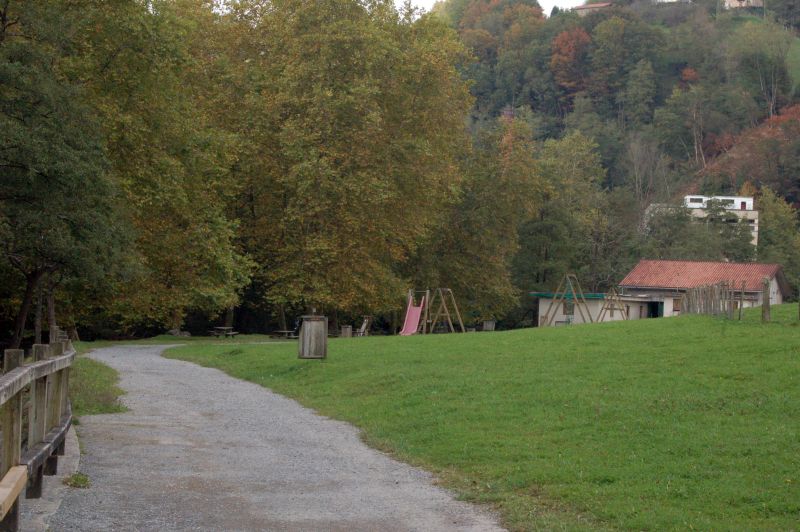
Puntos de Interés

Municipality
Es Migjonr Gran
This municipality (also called San Cristóbal in Spanish) located on the south-central part of the island is the youngest of Menorca's municipalities, having gained independence from Es Mercadal in 1989.
The etymology of its toponym is very particular, the term Migjonr ("half a day") refers to the time it took to cross half the island to reach one of its ends. Thus, Es Migjonr Gran would refer to the break that had to be taken in order to continue crossing the other half of the island, either coming from Mahón/Maó to Ciudadella/Ciutadella or vice versa.
The population centre that later became the municipality arose during the British domination, around San Cristóbal Chapel, near Binicodrell, built by Cristóbal Barber in 1769. With the coming into force of the Cadiz Constitution, San Cristóbal tried to obtain its own local council, which it achieved temporarily (1821-1823), before becoming part of Es Mercadal again until 1899. The locality kept its name in Castilian Spanish until the year before it was named a municipality.
Apart from the main centre, Es Migjorn Gran also has another population centre on the south coast of the municipality, Santo Tomás, a tourist area that began to form in the 1960s.
Throughout the municipality there are numerous examples of Menorcan prehistory, such as the settlement of Sant Agustí Vell, probably the largest on the island, the hypostyle room of the "Gallinero de Madona", the Binicodrell talayots, very close to the main town, next to the cemetery, Santa Mónica archaeological site, caves such as Coloms or Polida...
Es Migjorn Gran's economic activity is mainly based on tourism and construction, with some agricultural and livestock farms.
As for its main festivities, the most popular is held in honour of San Cristóbal (end of July or beginning of August), where, according to Menorcan tradition, horses play a very important role. Other important celebrations include San Antonio (patron saint of Menorca, every 17th January the conquest of the island in 1287 is celebrated), Carnival (with the traditional Black and White dance), or San Miguel (which marks the end of the summer and Menorcan horses take centre stage every 5 years).
Interestingly, the municipality includes three islets, including Binicodrell Islet, which is home to the Balearic lizard (Podarcis lilfordi), a lizard endemic to the Gimnesian islands (Mallorca, Menorca, Cabrera and its islets).


